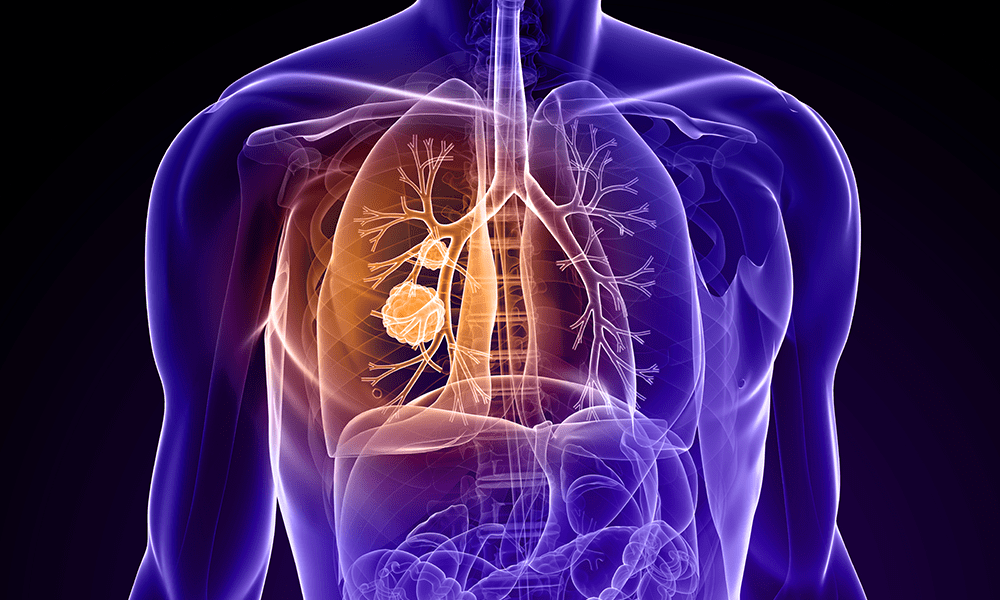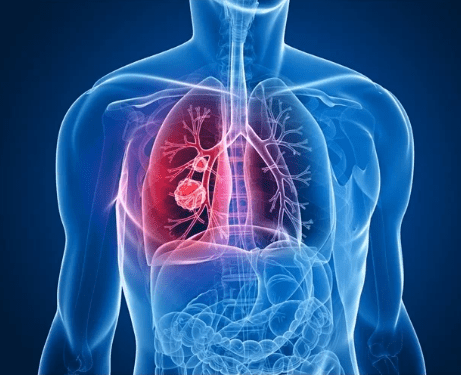Introduction to Lung Cancer
Lung cancer is one of the most prevalent and lethal cancers worldwide. It begins when the cells in the lung start growing out of control, creating tumours. There are two main types – small cell and non-small cell cancer, with non-small cell being more common. Lung cancer claims many lives each year, mostly due to being caught late after it has spread. However, new treatments are extending survival for this cancer when it’s diagnosed and treated early. Medical Oncologist in bangalore schedule follow-up appointments to monitor how well treatments are working. They order scans and tests to check if the cancer is responding, stable, or worsening and change treatment plans as needed.

What Causes Lung Cancer?
The lungs are constantly exposed to carcinogens we inhale such as those in cigarette smoke and other air pollutants. Damage from these substances often occurs years before cancer develops. Some people also inherit a higher genetic risk. Long-term inflammation in the lungs can prompt cancerous changes. As cells accumulate mutations, they can grow and divide uncontrollably into cancer.
Smoking is the number one risk factor, linked to around 80% of this cancer cases. Exposure to secondhand smoke, radon gas, asbestos, and other chemicals also raises risk. Family history and radiation therapy to the chest can increase chances as well. The risk goes up with age, especially after age 55.
Types of Lung Cancer
There are two major classifications of lung cancer:
- Non-small cell lung cancer (NSCLC) – This is the most common type, accounting for 84% of cases. NSCLC can be either squamous cell carcinoma, adenocarcinoma, or large cell carcinoma. It often starts in the outer regions of the lungs.
- Small cell lung cancer (SCLC) – Also called “oat cell cancer,” this type grows more rapidly. It usually starts in the central airways. SCLC accounts for about 10-15% of these cancers.
Other less common cancers include pleomorphic, carcinoid tumours, salivary glands, and sarcoma. Determining the type of cells involved helps guide treatment options.
Lung Cancer Symptoms
Early lung cancer often has no symptoms. As tumours grow, symptoms may include:
- Chronic cough that gets worse
- Cough that doesn’t go away or gets worse over time – This is often one of the first signs of this cancer. The cough may be dry, or produce mucus or blood.
- Chest pain – Some cancers can cause pain or discomfort in the chest, shoulder, back or abdomen. This pain may be sharp or dull, come and go, or get worse with breathing, coughing or laughing.
- Shortness of breath – Breathing may become laboured or difficult, especially during physical activity. This occurs when tumours block airways or fluid builds up in the lungs.
- Wheezing or hoarseness – Blockages in the airways can lead to wheezing sounds when breathing. Pressing on voice box nerves can cause hoarseness.
- Recurring lung infections – Things like bronchitis or pneumonia that keep coming back may indicate an underlying lung problem.
- Coughing up blood – Coughing up blood (hemoptysis) from the lungs and airways can signal this cancer. The blood may be red or rust-coloured.
- Fatigue and weakness – Cancer uses up the body’s energy. Fatigue is often one of the first symptoms and tends to worsen as lung cancer progresses.
- Loss of appetite and weight loss – Advanced cancer can lead to loss of appetite, unexplained weight loss, and muscle wasting.
- Coughing up blood
- Shortness of breath, wheezing
- Whistling/noisy breathing
- Chest pain
- Recurring lung infections like pneumonia or bronchitis
- Fatigue, weight loss, loss of appetite
Having one or more of these symptoms does not mean you definitively have lung cancer. Many other respiratory conditions cause similar symptoms. Still, it’s important to see your doctor if any of these symptoms are present.
Diagnosing of Cancer
To diagnose lung cancer, doctors use:
- Imaging tests – Chest X-ray, CT, PET, and MRI scans create pictures of the lungs and can detect tumours.
- Sputum cytology – Checking sputum (mucus) samples for cancer cells.
- Biopsy – Taking a small sample of lung tissue for lab testing to confirm cancer.
- Molecular testing – Identifying specific genes/proteins that could affect treatment.
These tests determine the presence and type of lung cancer as well as how far it has spread. This staging guides how doctors plan treatment.
Treatment options for Cancer
At Cytecare Cancer Hospital Bangalore Treatment options for lung cancer include:
Surgery – Operation to remove lung cancer tumours if found early and localized. A section of a lung or an entire lung may be removed.
Chemotherapy – Using anti-cancer drugs to kill cancer cells and shrink tumours. It may be given before or after surgery.
Radiation – High-energy beams target and destroy lung cancer cells. This can relieve symptoms.
Targeted therapy – Oral medications block specific abnormalities in lung cancer cells, stopping their growth. Examples are drugs that target EGFR mutations or ALK rearrangements.
Immunotherapy – Drugs boost the immune system’s ability to detect and destroy cancer cells. Used for many advanced lung cancers.
Laser therapy – Using laser energy to shrink small lung cancer tumours. They are usually used when patients can’t have surgery.
Radiofrequency ablation – Inserting a needle probe into the tumour to destroy cancer cells with an electric current. A non-surgical option for very early cancers.
The best treatment depends on the type, location, size, and stage of the cancer as well as a person’s overall health. Many lung cancers require a combination of surgery, radiation, chemotherapy, and targeted drugs. Early diagnosis when treatment is more effective offers the best survival outcomes.
New therapies like targeted drugs and immunotherapy continue to improve survival in many cancer cases. Doctors also focus on relieving difficult symptoms and maximizing quality of life throughout cancer treatment.
